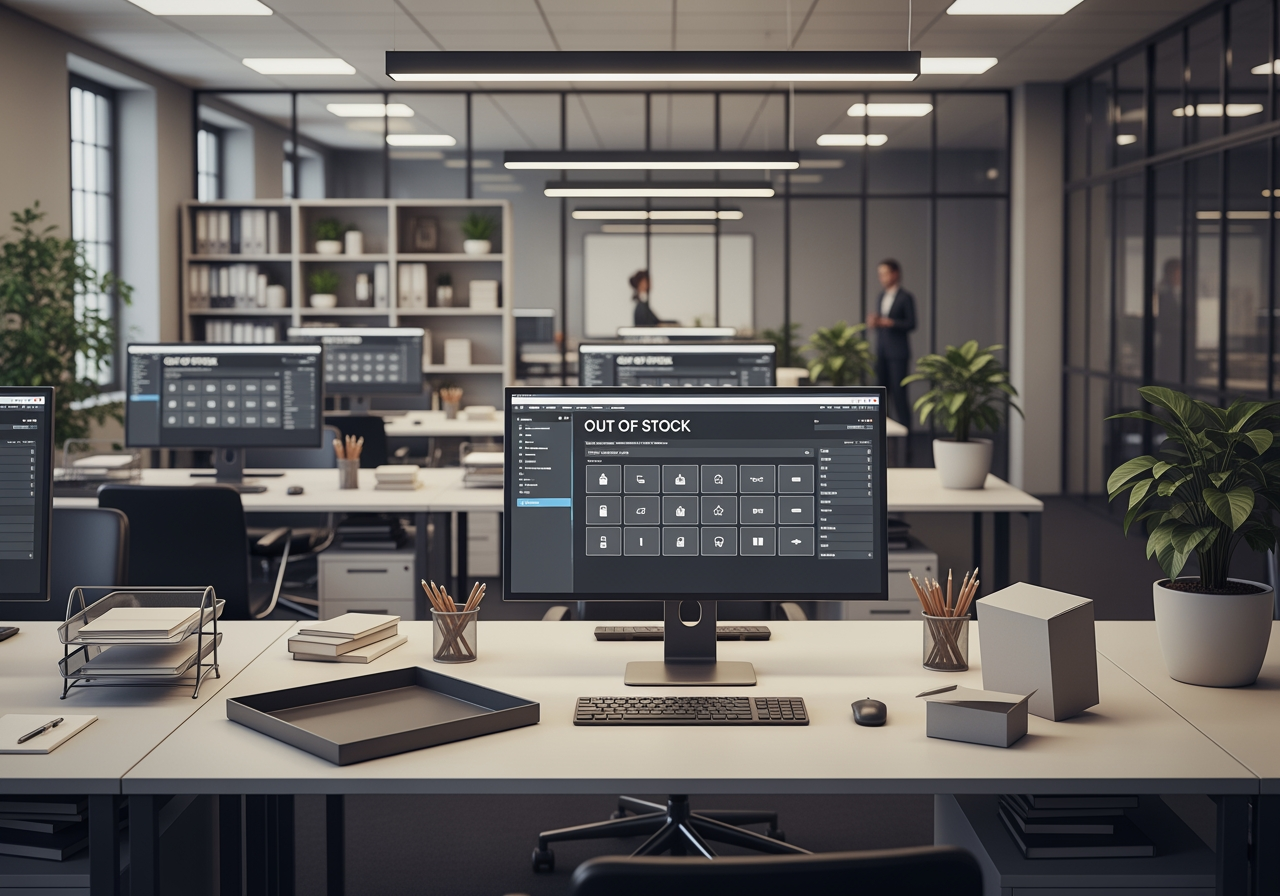What is retail POS?
Retail point-of-sale (POS) refers to the time and place cashiers complete retail transactions. At the retail POS, the cashiers calculate the total amount of money that customers will have to pay for their shopping carts.
Retail point of sale is also about retail services such as handling return and exchange processes. Besides, the retail point of sale system is in close association with other processes included in retail businesses namely inventory management, customer relationship management, financial management, etc.
Components of a retail POS system
Following are some basic components of a common retail point-of-sale system:
- POS computer
- Barcode scanner/reader
- Cash drawer
- Receipt printer
- Credit card machine
- Kiosk POS
Benefits of retail point of sale systems
More and more retailers have been adopting and upgrading POS systems due to their diverse benefits.
- Basically, retail point of sale systems enables retailers to improve or even automate their transaction processes and keep track of sales data.
- Retailers are also able to track inventory issues, gross revenue with the help of special features.
- Retail point of sale also benefits retailers by generating important reports and providing retail businesses with customer-related issues, such as customer current interest or expectations.
- When adopting POS systems, sales businesses can also avoid unexpected retail problems such as out-of-stock sales, profit loss, sales interruptions, etc.
Retail POS innovations
Powerful retail point of sales systems is popularly integrated with the aim of fulfilling increasing requirements from retail businesses as well as customers. Some must-have features in the recent retail market are:
- Mobile self check-out: enable customers to make POS payments of their own choice on their own mobile devices
- Payment integration POS: creates a quick POS payment and smooth check-out flow
- Refund/exchange procedure: automatically record refund/exchange items
- Multi-stores and multi-warehouses: allows retailers to create warehouses and assign warehouses to each store (both online and offline).


